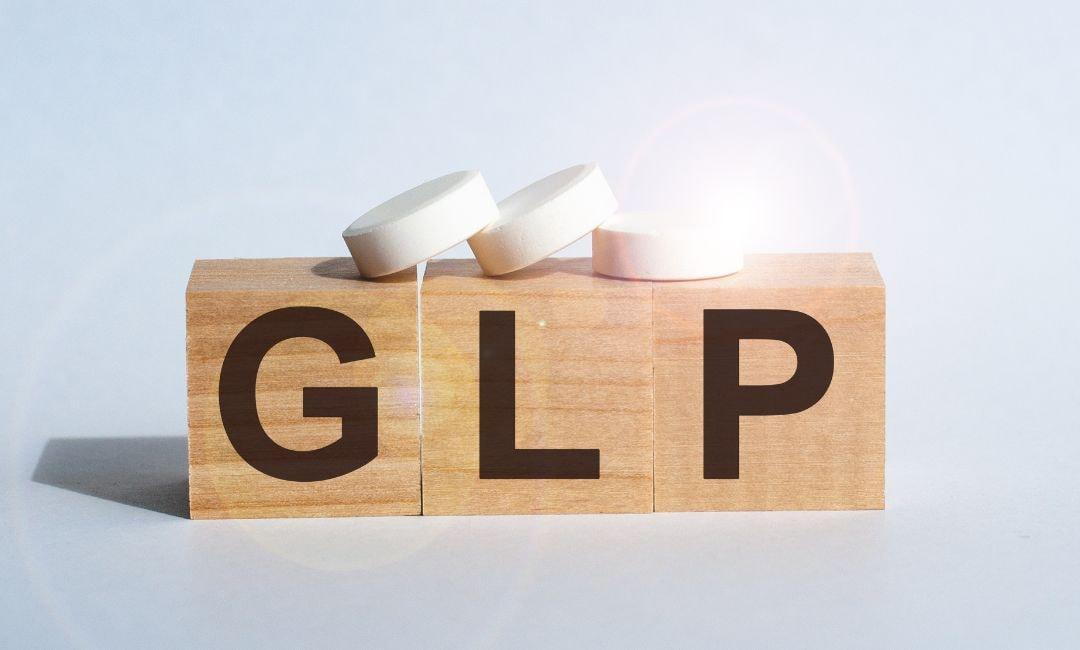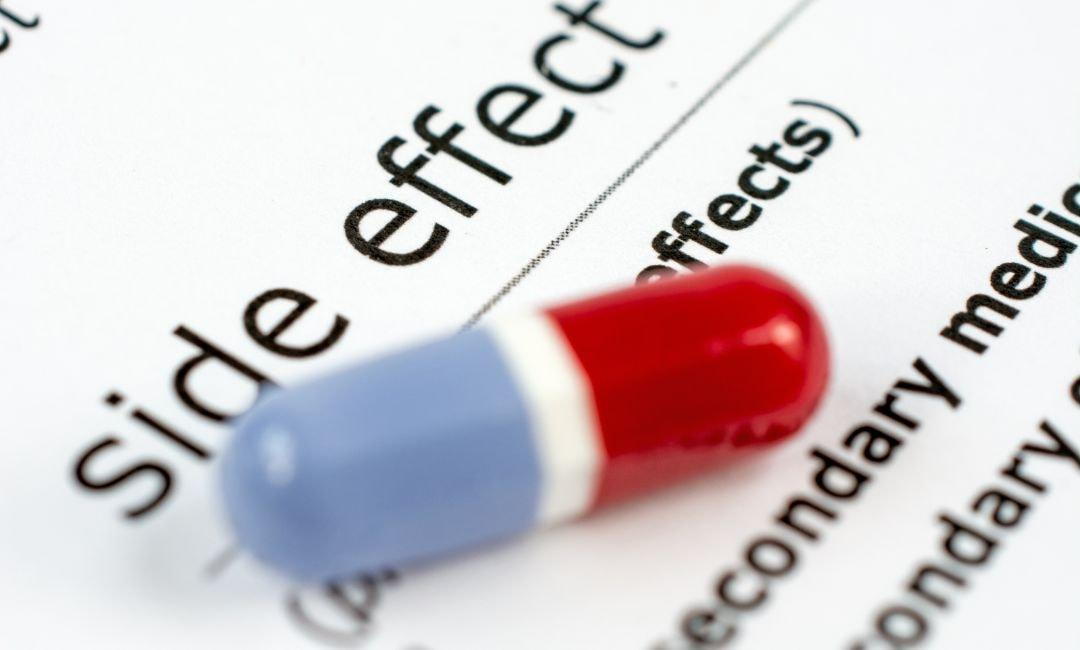GLP-1 Side Effects

- posted: Oct. 08, 2024
GLP-1 medications are all the rage these days, but are they really all they're cracked up to be? Sure, they can help you shed those extra pounds and manage your blood sugar, but like any medication, they come with potential side effects. Some are just a minor inconvenience, while others...well, let's just say they might make you think twice.
In this article, we'll break down everything you need to know about GLP-1 side effects, from the common to the concerning. We'll cover:
The most frequent side effects of GLP-1 medications
Serious side effects you should watch out for
How to manage side effects and when to seek help
Whether the potential benefits of GLP-1s outweigh the risks
And if you're looking for expert advice on managing your health and wellness, check out Natura Dermatology & Cosmetics. We offer many services, from acne treatments to body contouring, and can help you achieve your health goals.
GLP-1 Drugs Basics Explained
In a nutshell, they're medications that mimic a natural hormone in your body called glucagon-like peptide-1 (GLP-1). This hormone helps regulate your blood sugar and appetite.
Consider GLP-1 drugs as your body's trusty sidekick in the fight against type 2 diabetes and weight gain. They work by:
Stimulating insulin release: When your blood sugar levels rise, GLP-1 drugs tell your body to release more insulin, which helps lower those levels.
Slowing gastric emptying: This means food stays in your stomach longer, making you feel fuller and less likely to overeat.
Decreasing appetite: GLP-1 drugs can help curb those pesky cravings and reduce your overall appetite.
The A-List: Popular GLP-1 Medications
Now that you know what GLP-1 drugs are, let's introduce you to some of the most popular ones on the market:
Ozempic (semaglutide): This GLP 1 receptor agonists once-weekly injection is a superstar when it comes to managing blood sugar and promoting weight loss.
Wegovy (semaglutide): This is a higher-dose version of semaglutide specifically designed for weight loss.
Victoza (liraglutide): Another once-daily injection that's effective for both blood sugar control and weight management.
Trulicity (dulaglutide): This once-weekly injection is a popular choice for its convenience and effectiveness.
Bydureon Bcise (exenatide): This twice-weekly injection offers a longer-acting option for those who prefer less frequent dosing.
Byetta (exenatide): This twice-daily injection is another option for managing blood sugar.
Rybelsus (semaglutide): This is the first and only oral GLP-1 medication, offering a convenient alternative to injections.
The best GLP-1 medication for you will depend on your individual needs and preferences. Talk to your doctor about which option might be the best fit for your health goals.
Common GLP-1 Side Effects
No medication is perfect, and GLP-1s are no exception. But the good news is that most side effects are mild and temporary. Your body is adjusting to a new way of managing your blood sugar, and it might throw a little tantrum at first. But don't worry, it usually settles down.
Here are some of the most frequent side effects you might encounter with GLP-1 medications:
Nausea: Gastrointestinal symptoms are the most common side effect, especially when you first start taking GLP-1s. It usually goes away after a few weeks as your body adjusts.
Vomiting: While not as common as nausea, some people do experience vomiting. Again, this typically subsides over time.
Diarrhea: GLP-1s can speed up digestion, which can lead to loose stools or diarrhea.
Constipation: On the flip side, some people experience constipation instead of diarrhea.
Headache: You might get headaches in the first few days of starting GLP-1s.
Feeling tired: Some people report feeling more tired than usual when they begin taking GLP-1 medications.
Since everyone's different, you might experience all, some, or none of these side effects. And if you do, they're usually mild and manageable.
Starting with a lower dose and gradually increasing it can help minimize side effects. Also, make sure you're staying hydrated, especially if you're experiencing diarrhea or vomiting.
When to Worry: Serious GLP-1 Side Effects

While most GLP-1 side effects are mild and temporary, there are a few serious ones you should be aware of. Don't freak out, but definitely keep these in mind and don't hesitate to reach out to your doctor if you have any concerns.
Pancreatitis: This is inflammation of the pancreas, and it can be a serious condition. Symptoms include severe abdominal pain, nausea, and vomiting. If you experience these symptoms, seek medical attention immediately.
Gallbladder problems: GLP-1s can increase your risk of developing gallstones or gallbladder inflammation. Watch out for symptoms like abdominal pain, nausea, and fever. Sometimes, it can lead to the occurrence of acute kidney injury in adverse events.
Kidney problems: In rare cases, GLP-1s can cause kidney problems. If you notice changes in your urination or have swelling in your legs or ankles, contact your doctor.
Low blood sugar (hypoglycemia): This is more likely to occur if you're also taking other medications that lower blood sugar, like insulin. Symptoms include shakiness, sweating, confusion, and dizziness.
Allergic reactions: Although rare, allergic reactions can occur. Seek immediate medical attention if you experience hives, swelling, or difficulty breathing.
It's crucial to keep your doctor informed about any side effects you experience, no matter how minor they seem. They can help you manage them or adjust your treatment plan if needed.
Managing GLP-1 Side Effects
Dealing with side effects can be a drag. But the good news is there are ways to manage them and make your experience with GLP-1s much smoother. Here's the lowdown:
Nausea: Start with a lower dose and gradually increase it as directed by your doctor. Eating smaller, more frequent meals can also help. And, avoid greasy or spicy foods, especially when you're first starting out.
Vomiting: If nausea leads to vomiting, try sipping on clear liquids and eating bland foods like crackers or toast. If vomiting is severe or persistent, contact your doctor.
Diarrhea or constipation: Staying hydrated is key. Adjust your fiber intake as needed – more fiber for constipation, less for diarrhea. Over-the-counter medications might also provide relief, but check with your doctor first.
Headaches: Over-the-counter pain relievers can usually do the trick. If headaches are severe or persistent, let your doctor know.
Fatigue: Make sure you're getting enough sleep and prioritize rest. Light exercise can also help boost your energy levels.
When to Seek Help?
While most side effects are manageable, there are times when you should reach out to your doctor right away. Don't hesitate to call them if you experience:
Severe abdominal pain
Changes in urination
Swelling in your legs or ankles
Symptoms of low blood sugar (shakiness, sweating, confusion)
Signs of an allergic reaction (hives, swelling, difficulty breathing)
Keep a journal to track any side effects you experience, along with their severity and duration. This can help you and your doctor identify patterns and adjust your treatment plan accordingly.
Do the Benefits Outweigh the Risks?
Now, for the million-dollar question: are the potential benefits of GLP-1 medications worth the risks? Well, like most things in life, it's not a simple yes or no answer. It depends on your individual circumstances and health goals.
Here's the deal: GLP-1s can be a game-changer for people with type 2 diabetes. They can help you:
Lower your blood sugar levels: This can reduce your risk of diabetes-related complications like heart disease, kidney disease, and nerve damage.
Lose weight: GLP-1s can help you in weight reduction, which can further improve your health and well-being.
Reduce your risk of heart disease: Studies proven in clinical trial show that GLP-1s can lower your risk of heart attack and stroke.
But let's not forget about those risk factors. While most are mild and temporary, some can be serious. That's why it's crucial to weigh the potential benefits against the risks, with the guidance of your doctor.
Here's the bottom line:
If you have type 2 diabetes and are struggling to manage your blood sugar or body weight, GLP-1s might be a good option for you.
However, if you have a history of certain medical conditions, such as pancreatitis or gallbladder problems, GLP-1s might not be the right choice.
Ultimately, the decision of whether or not to take GLP-1s is a personal one. Talk to your doctor about your individual needs and concerns to make an informed decision.
GLP-1 FAQs
Do GLP-1s make you urinate more?
It's possible, but not in the way you might think. GLP-1s themselves don't directly increase urination. However, if you're taking them to manage type 2 diabetes, and your blood sugar levels were previously very high, you might notice an increase in urination as your blood sugar levels come under control. This is because your body is working to flush out excess glucose through your urine.
What are the major side effects of GLP-1s?
We covered this earlier, but as a quick recap, the most common side effects are nausea, vomiting, diarrhea, and constipation. More serious side effects, though rare, include pancreatitis, gallbladder problems, kidney problems, low blood sugar, and allergic reactions. Always talk to your doctor if you experience any concerning side effects.
Do GLP-1 medications cause incontinence?
There's no direct link between GLP-1 medications and urinary incontinence. However, if you experience frequent urination due to improved blood sugar control, it might contribute to temporary incontinence in some cases. If you have concerns about incontinence, talk to your doctor. They can help determine the cause and recommend appropriate treatment options.
Who should not take GLP-1s?
GLP-1 medications are not suitable for everyone. You should avoid them if you have:
A personal or family history of medullary thyroid cancer
Multiple endocrine neoplasia syndrome type 2
A history of pancreatitis
Severe kidney or liver disease
Gastroparesis (delayed stomach emptying)
Pregnant or breastfeeding women should also avoid GLP-1s.
What vitamins cannot be taken with GLP-1 medication?
There are no specific vitamins that are known to interact negatively with GLP-1 medications. However, it's always a good idea to talk to your doctor or pharmacist about any supplements you're taking, including vitamins and minerals, to ensure there are no potential interactions.
Why would I take GLP-1 medication?
GLP-1 medications are primarily used to manage type 2 diabetes. They can help lower blood sugar levels, promote weight loss, and reduce the risk of heart disease.
In some cases, they may also be prescribed for weight management in people who don't have diabetes, but this is typically done under the close supervision of a healthcare professional.
Ready to Take Control with Natura Dermatology & Cosmetics
So that's the good, the bad, and the ugly of GLP-1 side effects. By understanding the potential risks and benefits, you can make informed decisions about your health.
Key takeaways
Most GLP-1 side effects are mild and temporary.
Serious side effects are rare but require immediate medical attention.
Managing side effects is possible with lifestyle changes and medical guidance.
The decision to take GLP-1s is a personal one that should be made in consultation with your doctor.
Dealing with the medications and treatment options can be tricky. That's where Natura Dermatology & Cosmetics comes in. Our team of experts can provide personalized guidance and support as you explore different options for managing your health. Whether you're considering GLP-1s or other treatments, we're here to help you every step of the way.
Contact Us
Our Locations
Broward Location
800 E Broward Blvd, Ste 507
Fort Lauderdale, FL, USA
Hours of Operation
8:30 am - 12:00 pm
1:30 pm - 5:00 pm
8:30 am - 12:00 pm
1:30 pm - 5:00 pm
8:30 am - 12:00 pm
1:30 pm - 5:00 pm
8:30 am - 12:00 pm
1:30 pm - 5:00 pm
8:30 am - 12:00 pm
1:30 pm - 5:00 pm
Closed
Closed


